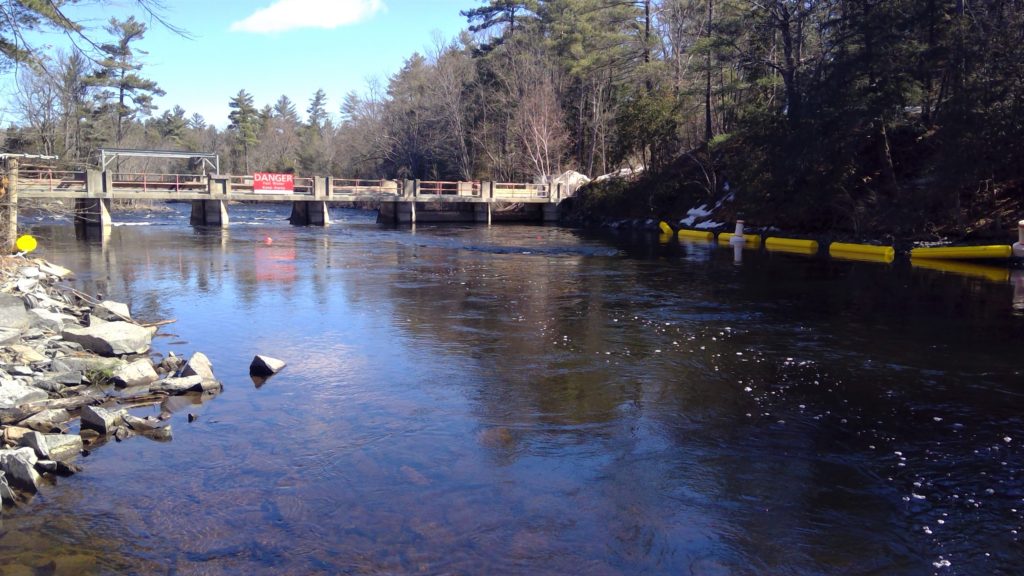Water control structures help control water levels and flow in a watershed and are known commonly as dams or weirs. They are essential to control and minimize the impacts of flooding, maintain levels for summer recreation activities and storing water for commercial use.

Why do we need dams?
- Flood control
- Regulate water levels
- Store water for drinking, industry or irrigation
- Maintain levels for summer recreational activities
- Store water for hydroelectric power
Crowe Valley Conservation Authority operates fourteen water control structures located across the Crowe Valley watershed to manage water levels and flow. By managing and operating dams throughout the watershed 365 days a year, the CVCA actively aims to balance human needs with environmental concerns and requirements. This has become increasingly more difficult and challenging with the ongoing changes to climatic conditions. Increased storm numbers and their intensity can easily create flood hazards more frequently. Fortunately, the Crowe Valley watershed is still primarily in its natural condition since development has not eliminated the wetlands and other natural features. This is vital since these natural features help to absorb the impact of these storm events and their devastating effects.
CVCA operates the majority of the water control structures while some are operated on behalf of the Ministry of Natural Resources and Forestry through agreements. CVCA also manages one hydroelectric generating station located in Marmora on the Crowe River.
Dams and Weirs in the Crowe Valley Watershed
| Wollaston Lake | Belmont Lake |
| Oak Lake | Paudash Lake |
| Methuen Lake | Steenburg Lake |
| Marmora Dam | Cashel Lake |
| Lasswade Lake | Kasshabog Lake |
| Cordova Lake | St. Ola Lake |
| Allan Mills Dam | Crowe Bridge |
